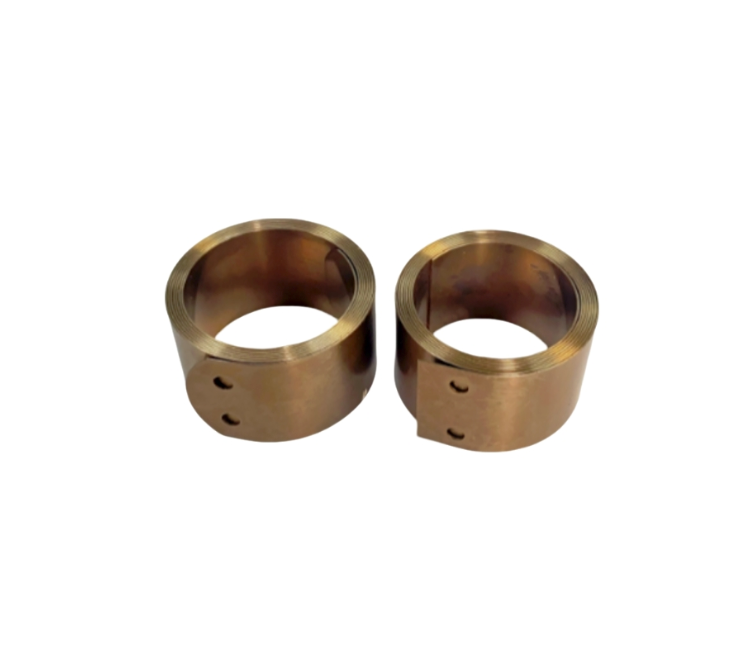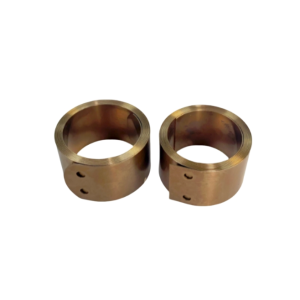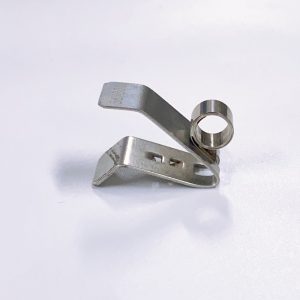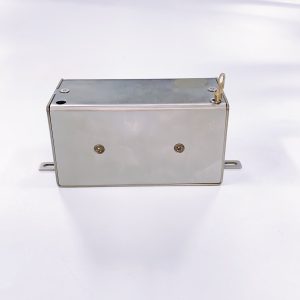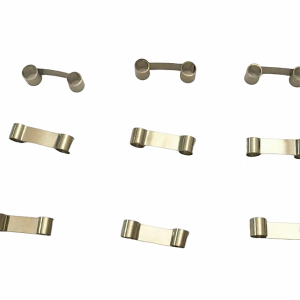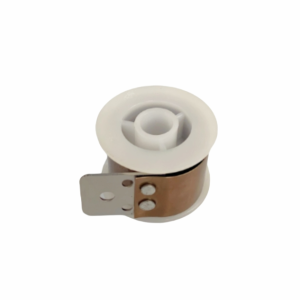Constant Force Spring
Constant Force Spring is a specially designed spring that delivers near-constant output force during extension or retraction, unlike the variable force characteristics of traditional springs. Below is a comprehensive analysis of constant force springs:
- Core Principle & Structure
- Unique Design:
Consists of a pre-stressed spiral steel strip (typically high-carbon stainless steel) tightly wound into a coil. When extended, the strip unwinds from the spool and recoils when retracted. - Constant Force Mechanism:
The change in bending radius cancels out the material’s elasticity, maintaining stable force output throughout (Hooke’s Law does not apply).
- Key Characteristics
| Property | Description |
| Force Stability | Fluctuation within ±10% across the entire range (superior to traditional springs). |
| Cycle Life | Over 10,000 cycles (material- and load-dependent). |
| Motion Direction | Configurable as tension (pull force) or compression (push force) types. |
- Typical Applications
- Office Equipment:
✦ Printer paper auto-rewind mechanisms
✦ Projector screen(lift systems) - Industrial Use:
✦ Automatic cable/hose retractors (e.g., CNC machine cable management)
✦ Constant-pressure control in safety valves - Medical Devices:
✦ Electric hospital bed height adjustment
✦ Force feedback systems in surgical instruments - Automotive Industry:
✦ Seatbelt pretensioners
✦ Anti-pinch mechanisms for power windows
- Selection & Design Guidelines
- Force Calculation:
F = \frac{E \cdot t^3 \cdot w}{6R^2}F=6R2E⋅t3⋅w
(E: Elastic modulus, t: Material thickness, w: Strip width, R: Coil radius) - Material Options:
- 301/304 stainless steel (corrosion-resistant applications)
- High-carbon steel (high-load requirements)
- Titanium alloy (aerospace/defense applications)
- Failure Prevention:
- Avoid exceeding max. displacement (typically labeled as Dmax)
- Minimum bend radius ≥ 5× material thickness
- Comparison with Traditional Springs
| Feature | Constant Force Spring | Traditional Coil Spring |
| Force Curve | Near-horizontal line | Slope (follows Hooke’s Law) |
| Space Efficiency | Flat profile saves space | Requires axial installation space |
| Dynamic Response | No resonance risk | Prone to harmonic vibration |
- Troubleshooting Common Issues
- Issue 1: End Vibration
➤ Solution: Add guide tracks or dual-spring parallel configuration - Issue 2: Premature Fatigue
➤ Solution: Switch to nanocrystallized materials - Issue 3: Force Decay
➤ Solution: Regular lubrication (molybdenum disulfide-based grease recommended)
Shuangyuan produce this kind of spring with
Thickness 0.2mm~0.4mm, width 10mm~30mm, length according to customer requirements




Constant Force Spring Constant Force Spring Constant Force Spring Constant Force Spring
Application:

Constant force spring for EV charging station

